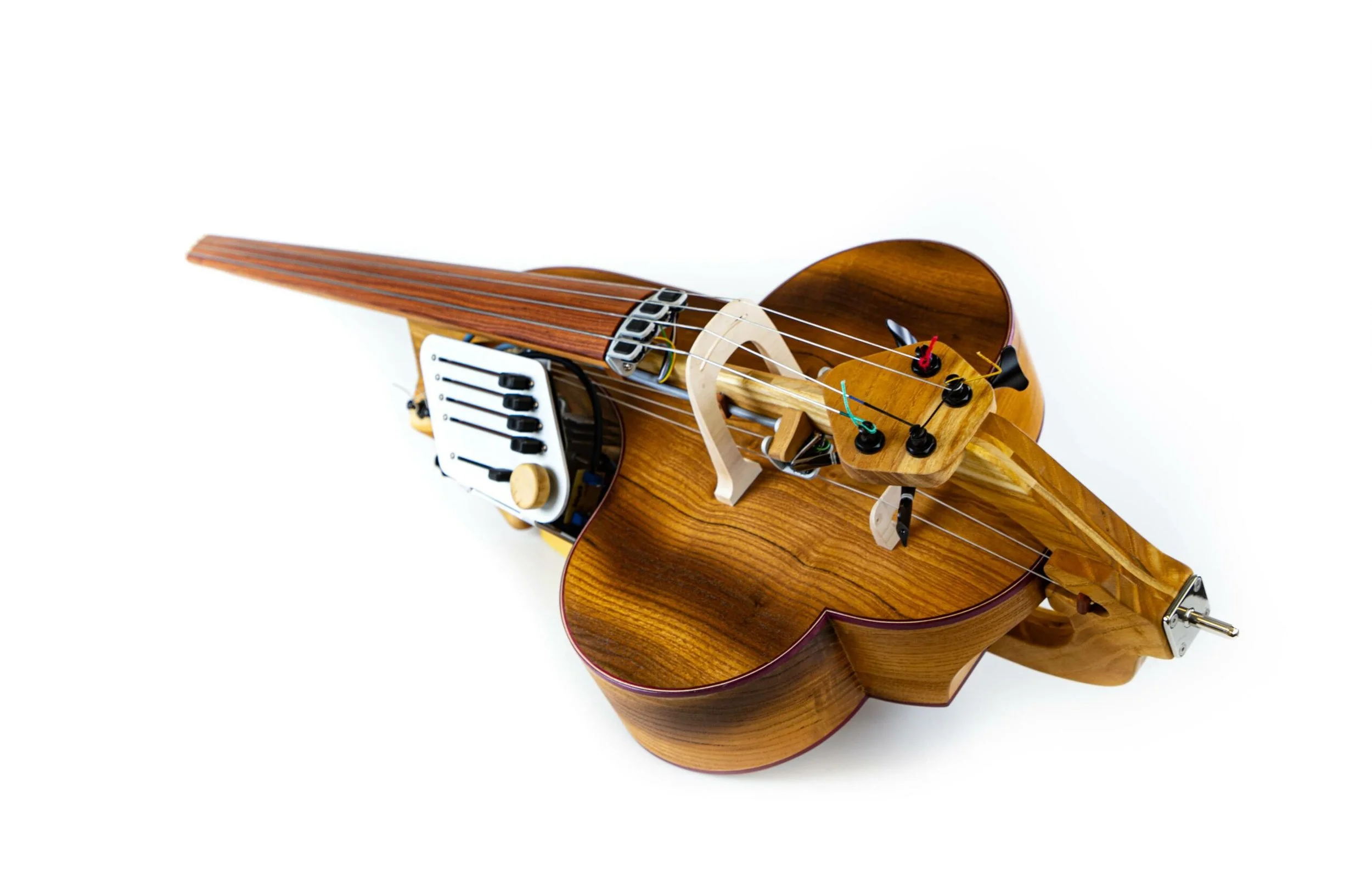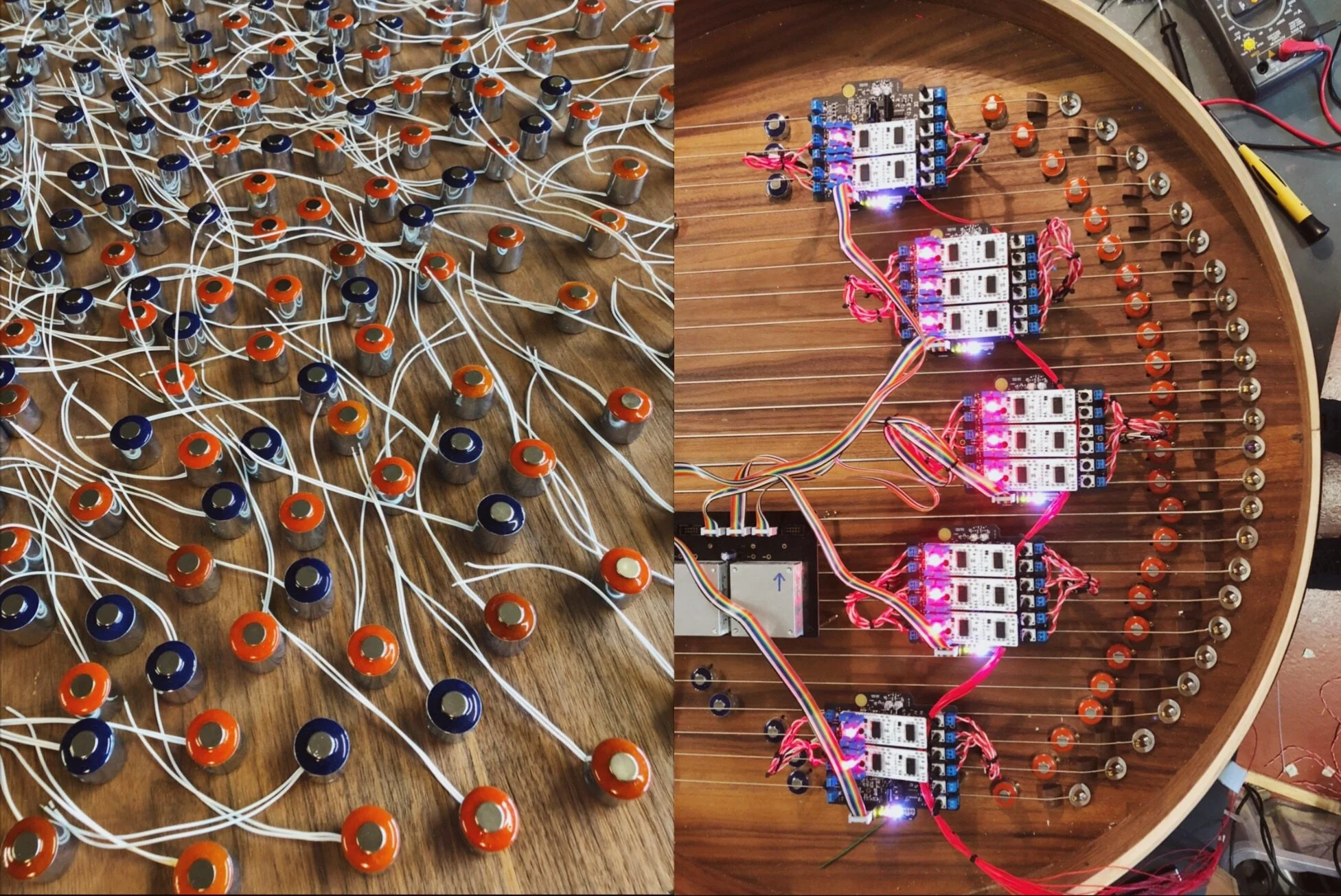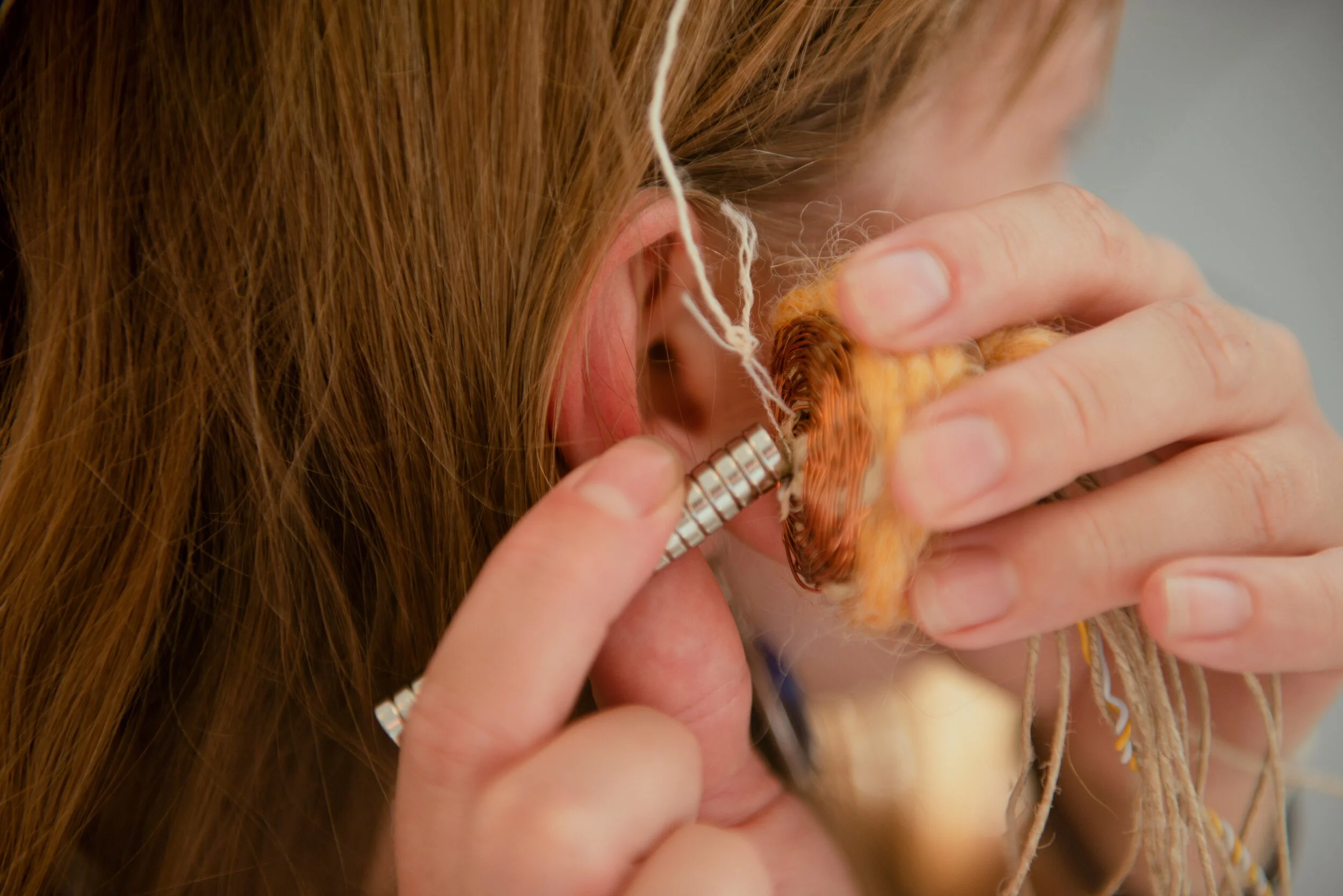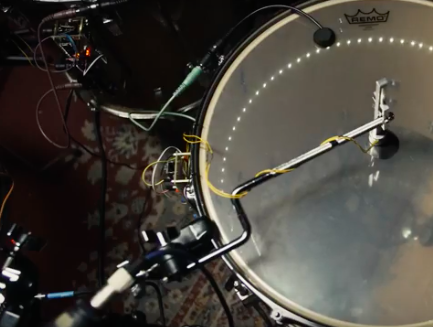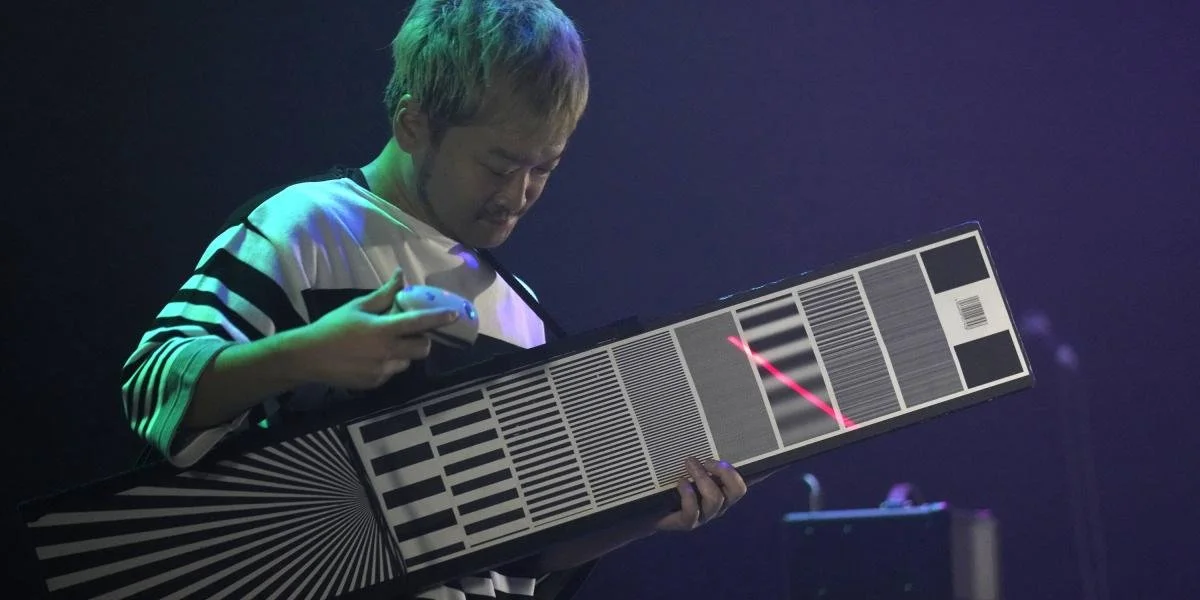Electromagnetic Listening in Sound Art and Instruments
From the 60Hz hum of power lines to the digital chatter of wireless devices, our modern world generates a complex and chaotic electromagnetic soundscape that most of us never hear. But for experimental musicians and sound artists working with devices like the Chromaplane, listening electromagnetically opens up lots of new options for sonic exploration.
Artists and instrument makers have been making use of electromagnetism as a core part of their designs and practice pretty much since it has been possible to do so. Here we’d like to share some of the most common, inspiring, or noteworthy projects, devices, and artworks that touch on similar concepts to the Chromaplane.
Specialized Electromagnetic Devices
Several companies now manufacture small devices specifically for electromagnetic listening, each with unique approaches and characteristics.
LOM's Electromagnetic Devices:
Priezor: large loop area for high sensitivity
Elektrosluch 3, Elektrosluch 3+, Elektroucho Pro: portable electromagnetic listening
Elektrouši: simple stereo listening
SOMA Ether: Combines electromagnetic pickup with radio reception too. It hears more complex and chaotic soundscapes than a standard pickup, blending close EMF with radio transmissions.
Ascuta Electromagnetic Waves Listener: available as a DIY kit, it combines both radio and magnetic field detection/listening like SOMA Ether, but you can switch between the sources (radio/near-field EMF).
Electromagnetism & Strings
Putting a string into vibration through the use of electromagnetism is a common implementation in a few instruments out there. See for example:
Halldorophone by Halldór Úlfarsson
Segulharpa by Úlfur Hansson
Sparksichord by Adam Gerald Schmidt
Electromagnetic piano by David Shea and Monica Lim
Magnetic piano by Andrew McPherson
Lyraei by Mihalis Shammas
Ferrous by Landscape & Victoria Shen
Electromagnetism & Inductors
Using the standard electronic component called an “inductor", hooked up to the appropriate amplifier, you can sniff electromagnetic fields! See for example:
Mortal Coil and Roll, Pitch & Yaw by Nicholas Collins
Hyperthermia / Morphoiki by beepblip (Ida Hiršenfelder)
Demon Box by Eternal Research
Electromagnetism & Motors
Exploring the electromagnetic/electromechanical properties of DC motors, these instruments listen using pickups:
Motor Synth MkII by Gamechanger Audio
Motorgan by Dmitry Morozov aka ::vtol::
Electromagnetism & Coils
Coils, loops and spirals of wire implemented through a variety of materials (speaker wire, copper tape, enamelled copper wire) are one way of taking advantage of induction; often they work also as radio antennas:
Speaker-instruments by Jenny Gräf Sheppard
Loops and Fields by Joyce Hinterding
Remote Me by Jasna Veličković
Antenna by Floris Vanhoof
Thermofrunzus by Ioana Vreme Moser
Chants Magnétiques by Claire Williams
Chijikinkutsu by Nelo Akamatsu
Vibrant Matter by Passepartout Duo
Magnetic Cello by Ben Sollee
SKALA by Signe Lidén
Pupitre d´espace by Pierre Schaeffer
cit: In 1951, during the first performance of Symphonie pour un homme seul, composed by Pierre Schaeffer and Pierre Henry (1927-), the first spatialization control system, called pupitre d'espace, was used. The system consisted of two circular electromagnetic coils arranged perpendicularly and controlled in real time from the stage by a performer who, by moving a coil in his hand, could control the intensity and location of the sounds, generating a stereophonic effect from several monophonic sounds recorded on discs. The concept of the device was to allow control of the sounds during the performance, creating, in addition to the spatialization effect, a performance concomitant with the sound experience. In this sense, the artist remains not only the creator of the sound piece, but also of its sound spatialization. The difference is that the latter is not fixed, but rather varies with each execution, since it was not a system that recorded the choices of sound movement in space.
Electromagnetism & Textiles
You can implement spirals and coils also through more flexible conductive threads - see for example:
The Embroidered Computer by Irene Posch
Draping Sound by EJTech
Magnetism & Hall Sensors
Hall sensors are incredibly versatile because they can detect magnetic fields without physical contact. They're used in proximity sensors, speed sensors, current sensors and much more. See implementations such as:
Calthemite by Uyumi Kanata
Flux by SOMA
Breeze Block by Passepartout Duo
And More!
Finally, there are a few other less categorizable projects which utilize different forms of electromagnetism:
Rebus by Eleonora Oreggia
CRTelecaster by Electronicos Fantasticos!






